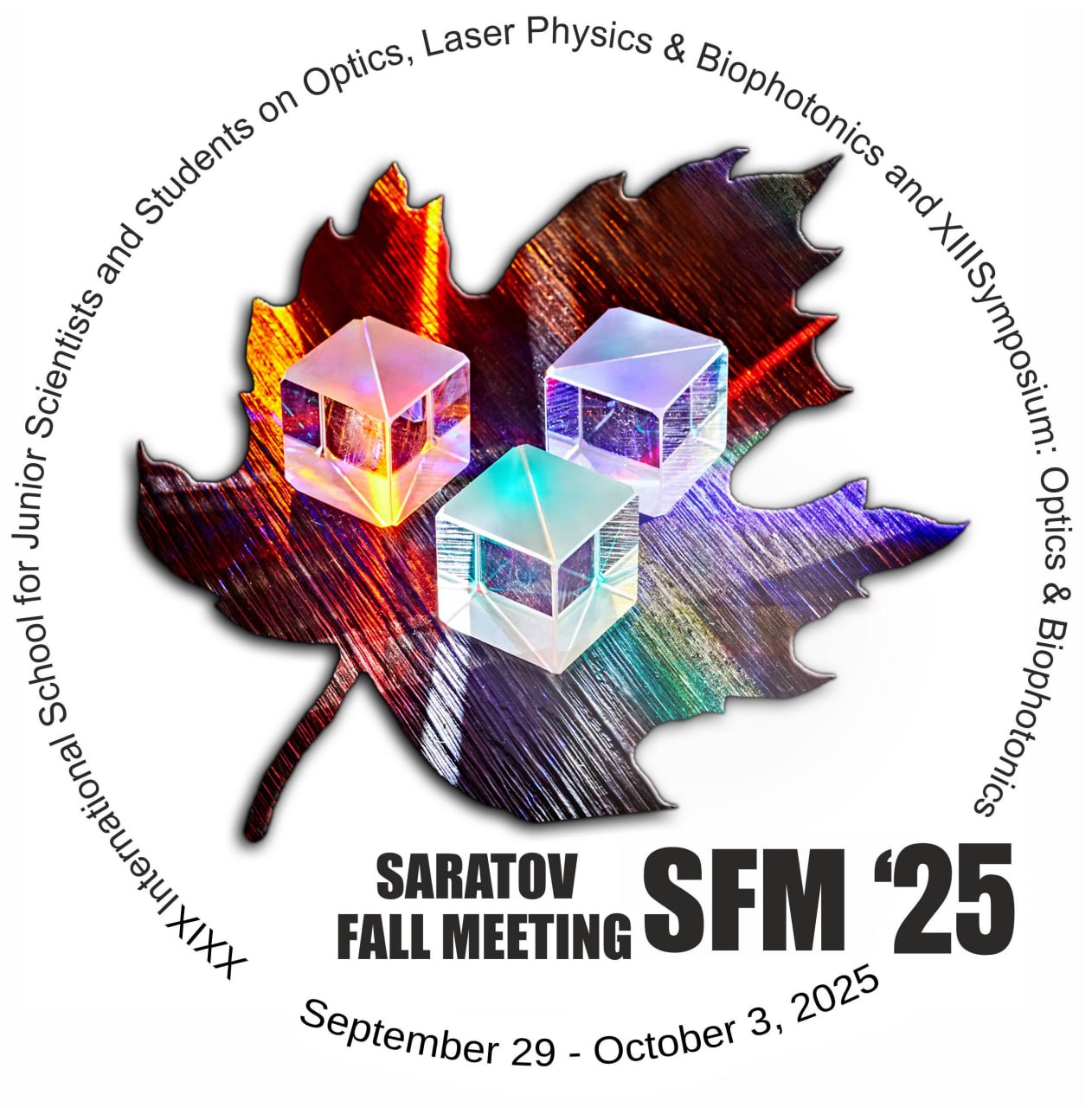Polarization Resolved Second Harmonic Generation (SHG) Microscopy for investigating Gamma-irradiated Starch Granules
Indira Govindaraju1, Ishita Chakraborty1, Sindhoora Kaniyala Melanthota1, Guan-Yu Zhuo2,3, Sib Sankar Mal4, Bhaswati Sarmah5, Vishwa Jyoti Baruah6, Krishna Kishore Mahato1, Nirmal Mazumder1,*
1Department of Biophysics, Manipal School of Life Sciences, Manipal Academy of Higher Education, Manipal-576104, India
2Institute of New Drug Development, China Medical University, No. 91, Hsueh-Shih Road, Taichung 40402, Taiwan
3Integrative Stem Cell Center, China Medical University Hospital, No. 2, Yude Road, Taichung 40447, Taiwan
4Materials and Catalysis Lab, Department of Chemistry, National Institute of Technology Karnataka, Surathkal, Karnataka, India-575025
5Department of Plant Breeding and Genetics, Assam Agricultural University, Jorhat, Assam, 785001, India
6Centre for Biotechnology & Bioinformatics, Dibrugarh University, Assam-786004, India
Abstract
Starch is one of the most abundantly found carbohydrates in cereals, roots, legumes, and fruits and is located in the amyloplasts of plants. The amorphous amylose and crystalline amylopectin regions in starch granules are susceptible to certain physical modifications, such as gamma irradiation. P-SHG microscopy in conjunction with SHG-circular dichroism was used to assess the 3D molecular order and inherent chirality of starch granules and their reaction to different dosages of gamma irradiation. The results showed that changes in the structure and orientation of long-chain amylopectin were supported by the decrease in the SHG anisotropy factor and the χ22/χ16 ratio.
File with abstract
Speaker
Nirmal Mazumder
Department of Biophysics, Manipal School of Life Sciences, Manipal Academy of Higher Education, Manipal, Karnataka, India-576104
India
Discussion
Ask question


